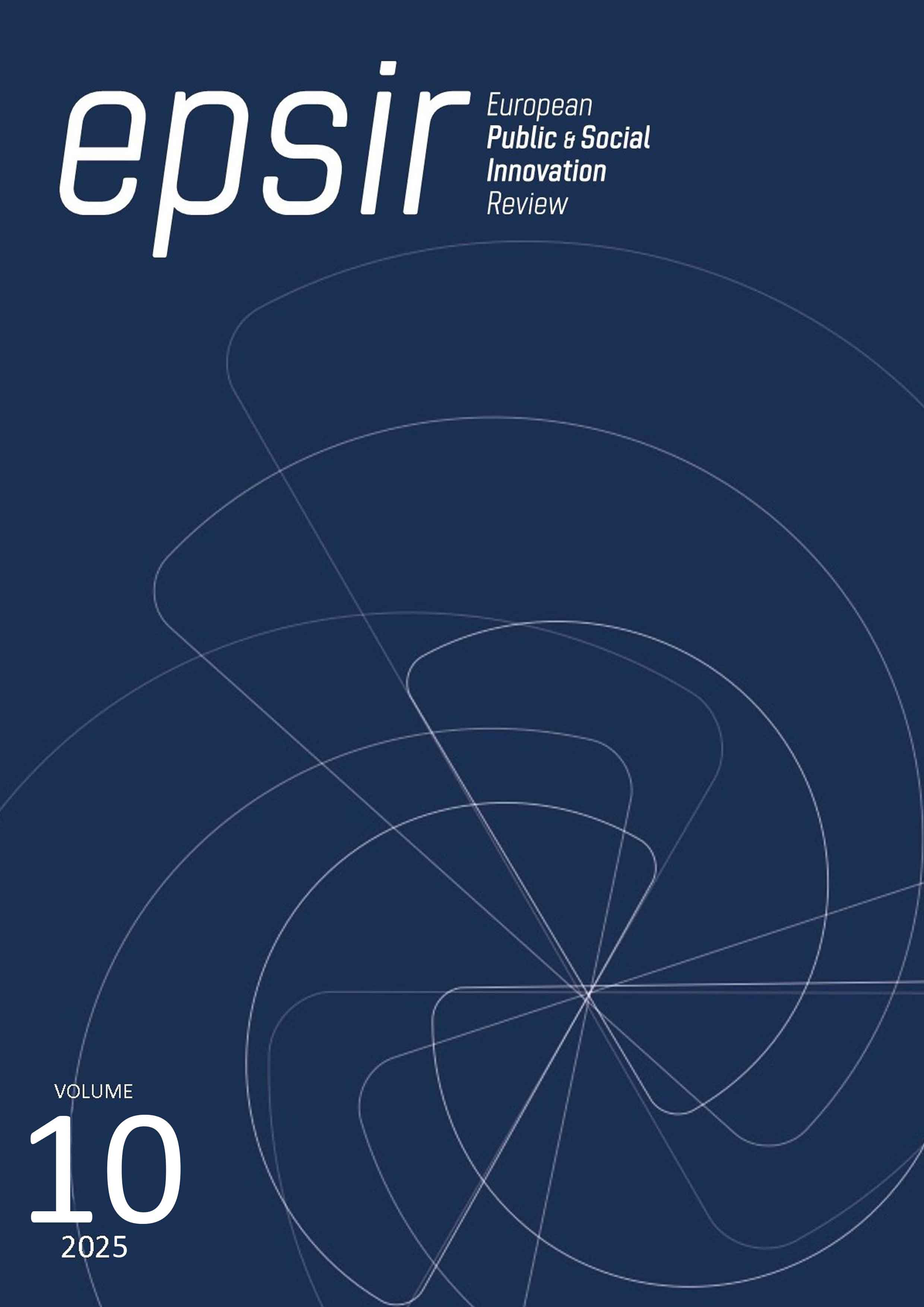The social media in education for peer tutoring
DOI:
https://doi.org/10.31637/epsir-2025-1463Keywords:
Peer tutoring, Educational communication, Mental health, Digital tutoring, University initiation, TikTok, Facebook, InstagramAbstract
Introduction: School dropout is linked to failures in curriculum plans, teacher deficiencies, students' family difficulties, and a lack of a life plan. Universities have implemented teaching strategies with an emotional focus, adapting to the start of school and promoting the creation of a life plan. However, the existing literature on the use of social digital networks does not address a peer tutoring plan. Methodology: This study aims to evaluate the activities of social digital networks (Facebook, Instagram, and TikTok) in the Peer Tutoring Plan, aiming to reduce school dropout and poor academic performance among students in the Communication degree program. A mixed methodology was used, with three sources: 1) semester metrics of digital posts, 2) a survey of second-semester students, and 3) graduation works related to Peer Tutoring (TxP). Results: The conclusions indicate that the Peer Tutoring Plan (TxP) has a performance rated between good and very good among the tutored students. It is suggested that a diachronic study be conducted to measure the impact in subsequent semesters and develop strategies to reach a broader target audience.
Downloads
References
Blanco, E. (2024). Tipos de Redes Sociales: características, personalidad y su impacto en Marketing y Ventas. RD Station Blog. https://www.rdstation.com/blog/es/tipos-de-redes-sociales/
Castillo Cruz, S. (2023). Manual de manejo y producción de contenidos para redes sociodigitales: Facebook, Instagram y TikTok; para el programa de Tutorías por Pares de Comunicación [Reporte de titulación por Servicio Social]. Facultad de Estudios Superiores Acatlán, UNAM.
Castillo Martínez, J. A. (2021). Propuesta de un manual de producción de videos para el canal de YouTube del programa Tutorías entre Pares en la licenciatura en Comunicación de la FES Acatlán [Tesis de Licenciatura]. Universidad Nacional Autónoma de México. https://tesiunam.dgb.unam.mx
Contreras Orozco, L. (2017). Las redes sociales digitales como factor de proximidad entre la sociedad y los gobiernos subnacionales en México. Revista Iberoamericana de las Ciencias Sociales y Humanísticas, 6(12). https://doi.org/10.23913/ricsh.v6i12.131 DOI: https://doi.org/10.23913/ricsh.v6i12.131
Florentín, B. (2022). TikTok. https://www.mundocuentas.com/tiktok
Gómez Collado, M. E., Contreras Orozco, L. y Gutiérrez Linares, D. (2016). El impacto de las tecnologías de la información y la comunicación en estudiantes de ciencias sociales: un estudio comparativo de dos universidades públicas. Innovación educativa, 16(71), 61-80. http://www.scielo.org.mx/scielo.php?script=sci_arttext&pid=S1665-26732016000200061&lng=es&tlng=es.
Gómez Collado, M. E., Contreras Orozco, L. y Gutiérrez Linares, D. (2016). El impacto de las tecnologías de la información y la comunicación en estudiantes de ciencias sociales: un estudio comparativo de dos universidades públicas. Innovación Educativa, 16(71). https://www.scielo.org.mx/scielo.php?script=sci_arttext&pid=S1665-26732016000200061
Hütt Herrera, H. (2012). Las redes sociales: una nueva herramienta de difusión. Reflexiones, 91(2), 121-128. https://www.redalyc.org/pdf/729/72923962008.pdf
Infante Moro, A. y Aguaded Gómez, J. I. (2012). Las redes sociales como herramientas educativas. En Las tecnologías de la información en contextos educativos: nuevos escenarios de aprendizaje. Universidad de Santiago de Cali.
Jiménez, P. (2023). El uso de TikTok como herramienta educativa. Red Educa. https://www.rededuca.net/blog/tic/tik-tok
Marín-Díaz, V. y Cabero-Almenara, J. (2019). Las redes sociales en educación: desde la innovación a la investigación educativa. Revista Iberoamericana de Educación a Distancia, 22(2), 25-33. https://doi.org/10.5944/ried.22.2.24248 DOI: https://doi.org/10.5944/ried.22.2.24248
Mateus, J. C., Aran-Ramspott, S. y Masanet, M. (2017). Análisis de la Literatura sobre Dispositivos Móviles en la Universidad Española. Revista Iberoamericana de Educación a Distancia, 20(2), 49-72. https://www.redalyc.org/pdf/3314/331453132003.pdf DOI: https://doi.org/10.5944/ried.20.2.17710
Mora Rojas, P. (2021). Instagram, principales características. https://issuu.com/andreazc0/docs/diagramacio_n_documento_gui_a_institucional/34
Ortiz Suárez, J. M. (2024). Propuesta de plan de contenido de redes sociodigitales para el programa de tutorías por pares Comunicación (TxP Comunicación) [Tesina de licenciatura]. Facultad de Estudios Superiores Acatlán, UNAM.
Quebrado Godínez, J. F. (2022). Curación de contenidos de Objetos de Aprendizaje del programa de Tutorías por Pares de Comunicación de la FES Acatlán [Tesina de licenciatura]. Facultad de Estudios Superiores Acatlán, UNAM.
Santos, D. (2023). Facebook en 2023: qué es, ventajas y cómo iniciar en esta red. HubSpot Blog. https://blog.hubspot.es/marketing/guia-marketing-facebook
Downloads
Published
How to Cite
Issue
Section
License
Copyright (c) 2025 Susana García Ávila, Ariadna Uribe Ortiz

This work is licensed under a Creative Commons Attribution-NonCommercial-NoDerivatives 4.0 International License.
Authors who publish with this journal agree to the following terms:- Authors retain copyright and grant the journal right of first publication with the work simultaneously licensed under Creative Commons Non Commercial, No Derivatives Attribution 4.0. International (CC BY-NC-ND 4.0.), that allows others to share the work with an acknowledgement of the work's authorship and initial publication in this journal.
- Authors are able to enter into separate, additional contractual arrangements for the non-exclusive distribution of the journal's published version of the work (e.g., post it to an institutional repository or publish it in a book), with an acknowledgement of its initial publication in this journal.
- Authors are permitted and encouraged to post their work online (e.g., in institutional repositories or on their website) prior to and during the submission process, as it can lead to productive exchanges, as well as earlier and greater citation of published work (See The Effect of Open Access).




